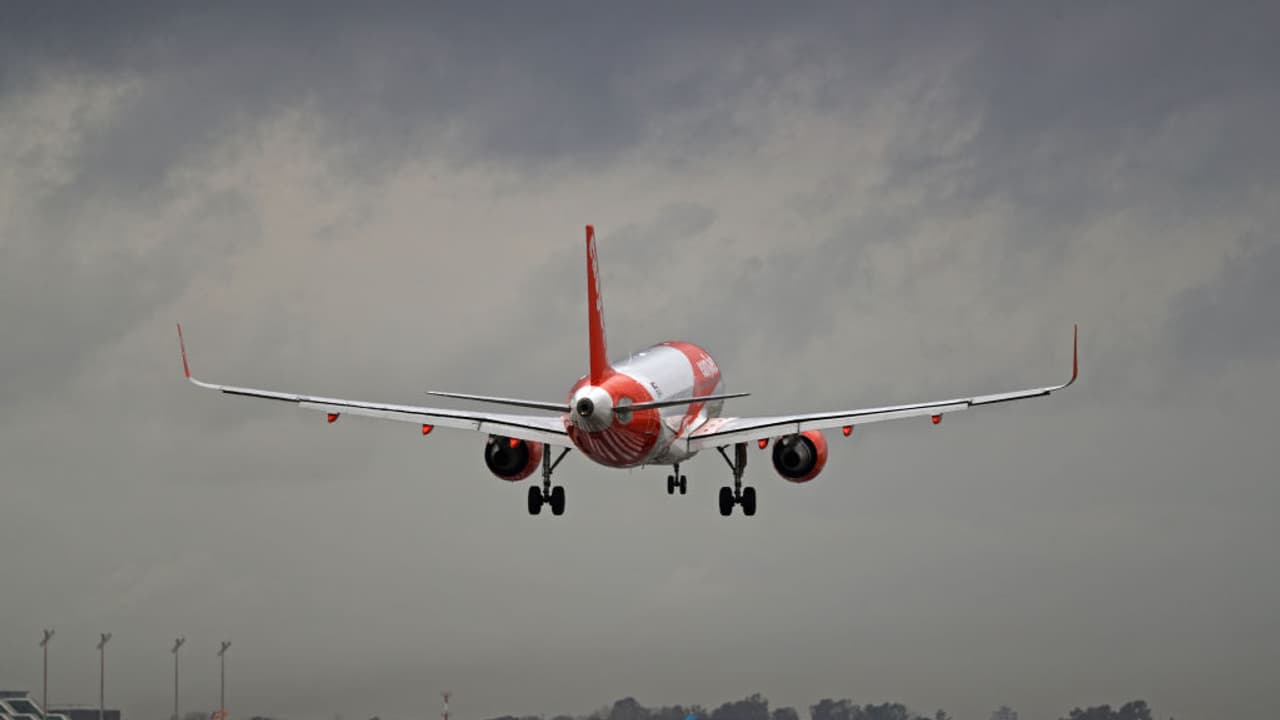Rising temperatures on planet Earth and climate change could mean we'll have less friendly skies. Experts say global warming may increase instances of clear air turbulence by upto 200% by 2050.
Earth's rising temperatures and climate change begin to reshape the very currents that govern air travel. Scientists are sounding the alarm over the jet stream’s increasingly erratic behavior—a direct consequence of global warming—which is now delivering more turbulence and atmospheric surprises at cruising altitude.

Researchers have long observed the shifting dynamics of the jet stream, that colossal ribbon of wind coursing through the upper atmosphere. Now, scientific journals are confirming what many pilots have long suspected: climate change is revving up the speed of these aerial rivers, causing more frequent—and more violent—air disturbances.
“A wave or trough of the jet stream tends to cause clouds to form,” says John Morales, meteorologist at ClimaData Corporation. “It can also accentuate the vertical movement and then cause weather conditions that are more violent, more intense, more severe, stronger rain, severe storms, tornadoes.”
Morales paints a vivid picture of the jet stream as an invisible superhighway of wind—an immense tube of fast-moving air snaking around the planet at about 30,000 feet, the very altitude where commercial aircraft roam.
“It is the temperature contrasts that generate or lead to the intensity of a jet stream. The greater the temperature contrast, the stronger the jet stream,” he explains.
This contrast, now intensified by climate change, is wreaking havoc higher up in the atmosphere. “This temperature difference is greater at high levels, such as the stratosphere, and less in the troposphere, where we are, due to the increasing warming. This produces shearing winds that change speed rapidly, literally creating waves of air and giving rise to turbulence.”
Not all bumps are equal: The anatomy of turbulence
Turbulence comes in four levels, ranging from light shudders to extreme, seatbelt-clenching chaos. Severe turbulence can cause a plane to dip up to 10 feet in an instant—enough to shake passengers and make pilots sweat.
“Incidentally, all moderate, severe or extreme turbulence in general has seen an increase of 55% compared to 45 years ago, meaning that many more turbulence events are being seen today than were seen around 1980,” Morales warns.
And it’s not just a matter of discomfort. A study from the University of Reading projects that westbound flights, which fly against the jet stream, could become 15 minutes longer on average—translating to hundreds of millions of dollars in added fuel expenses for US carriers alone.
Even more concerning: turbulence that strikes out of nowhere, known as “clear-air turbulence,” could double or even triple by mid-century, especially on heavily trafficked corridors like the North Atlantic.
How hot weather impacts aircraft engine performance
Flying becomes a little turbulent with the mercury level going over 40°C. The high surface temperature coupled with the presence of hills nearby triggers a sudden change in the direction of wind close to the ground, and crosswinds make it difficult for pilots to keep planes stable when gliding down to land. Climbing for a takeoff is a challenge because the air is thinner.
The lift of the plane caused by its aerodynamic body is reduced.
When fast winds work in your favor
But it’s not all doom and gloom.
Jet streams, when favorably aligned, can work miracles. A transatlantic flight between New York and London shattered records in 2020 by arriving 90 minutes early, thanks to an unusually strong tailwind.
“Assuming you have the jet stream in your favor and it’s 100 miles per hour, your ground speed is going to be 646 miles per hour. You’re going to get there faster, you’re going to use less fuel,” says Roberto Escobio Casas, chief instructor at ADF Airways.
With advancements in meteorological tools—including NASA-developed turbulence detectors—airlines now stand to save up to $50,000 per flight while reducing course deviations by 15%, according to the World Economic Forum.
“Technology continues to advance and aviation is one of those industries where technology is used for the safety of those who fly, so I see aviation safety getting better and better every day,” adds Escobio Casas.
As long as fossil fuels continue to be burned unchecked, the skies above us will grow ever more unruly.
“Until we mitigate climate change, the burning of fossil fuels and what humans are doing to the planet, this is not really going to change, if anything it will continue to get worse. So we have to strap ourselves in and keep our seatbelts on the plane,” Morales warns.


